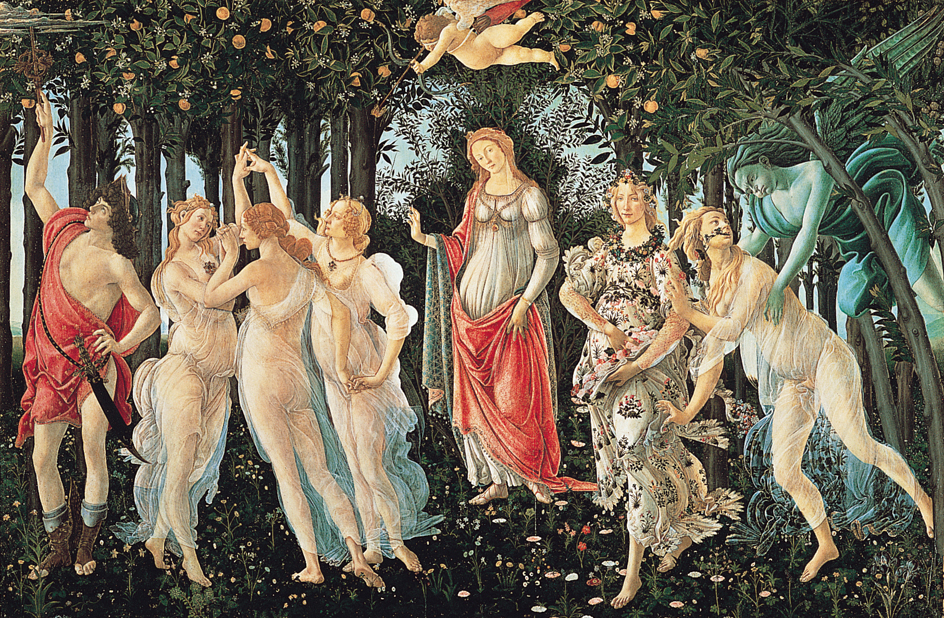Botticelli, Sandro, << `bot` ih CHEHL ee, SAHN droh >> (1444?-1510), was an Italian Renaissance painter who lived and worked in Florence. His pictures are distinctive for their clear, rhythmic line, delicate color, lavish decoration, and poetic feeling. He did not share the interest of his fellow Florentines in nature and science. As a result, he did not try to represent space according to the laws of perspective, or the human body and its movements according to the laws of anatomy.

Botticelli’s work is of two kinds. In one, he showed worldly splendor, complex moral allegory, and beautiful mythological subjects. One of his most famous mythological pictures is Birth of Venus.

His other kind of work shows more restrained, serious feeling. Examples are his illustrations of Dante’s Divine Comedy and his religious pictures. Even in his early years, he painted several sweet, but grave, Madonnas. In the late 1490’s, in Florence, Botticelli became so moved by Savonarola’s preaching against worldliness that he burned some of his own nonreligious pictures and painted only religious ones afterward.
Botticelli was born Allesandro Filipepi. He studied with Fra Filippo Lippi and was greatly influenced by the sculptor Andrea del Verrocchio and the painter and sculptor Antonio del Pollaiuolo. Botticelli died on May 17, 1510.
